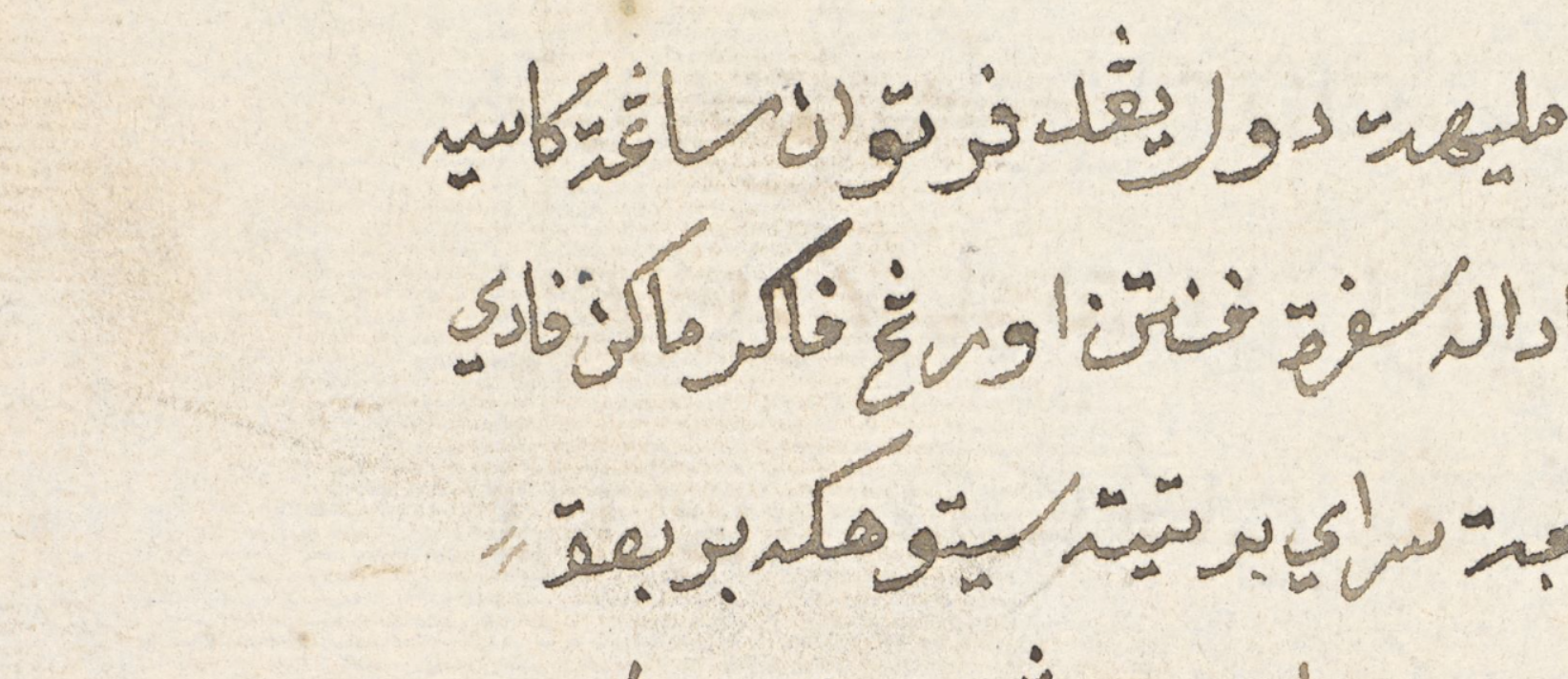Bilabial plosive consonants in Indian, Chinese and Malay languages

There are four labial plosive sounds which we can make: /p, pʰ/ is unvoiced when vocal cord is not vibrated pair and /b, bʱ/ is the voiced when vocal cord is vibrated pair. Our northern Indian friends use all four of them in their speech: प (pa) /pa/ , फ (pha) /pʰa/ , ब (ba) /ba/ , भ (bha) /bʱa/ while the northern Chinese is only able to articulate the unvoiced versions. Here's a summary of the two labial plosive consonant in Beijing 北京 dialect: 巴 (bā) /pá/ , 趴 (pā) /pʰá/ , ◯ /b/ , ◯ /bʱ/ These two unvoiced labial consonants are so important that they are fossilized in the bp mf ㄅㄆㄇㄈ acronym (m and f represent the nasal and fricative consonants in the labial series). These standard Mandarin Mandarin or 官話 is official language used in Chinese court, the first recorded use of the word Mandarin can be found in Robert Parke's translation (1589) of Mendoza's History of China: The Mandelines of the sea, which be certai...

